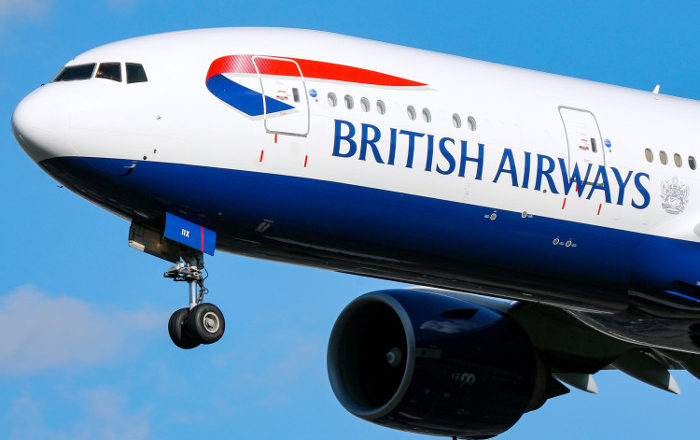British Airways has announced plans to run its fleet on jet fuel made from wastes, such as nappies, plastic food containers, chocolate bar wrappers meant for landfills. The airliner said it has entered a partnership to design a series of waste plants that convert household waste into renewable jet fuel.
The first plant will take hundreds of thousands of tons of household waste per-year, destined for landfill or incineration and convert it into clean-burning, sustainable fuels. “Turning household waste into jet fuel is an amazing innovation that produces clean fuel while reducing landfill,” said Willie Walsh, chief executive of IAG (International Airlines Group), which is the parent company of British Airways.
The planned plant will produce enough fuel to power all British Airways’ 787 Dreamliner operated flights from London to San Jose and New Orleans for a whole year. The jet fuel produced at the plant will deliver more than 60 percent greenhouse gas reduction, compared with conventional fossil fuel. This will contribute to the airline’s commitment to reduce net emissions by 50 percent by 2050, the airline said. It plans to supply its aircraft fleet with increasing amounts of sustainable jet fuel in the next decade.
At the moment, aviation fuel is commonly a petroleum-based fuel. It’s a straw-coloured fuel, based on either an unleaded kerosene (Jet A-1), or a naphtha-kerosene blend (Jet B). It is similar to diesel fuel, and can be used in either compression ignition engines or turbine engines. There is also Avgas or aviation gasoline, used in spark-ignited internal-combustion engines in aircraft. Its formulation is distinct from mogas (motor gasoline) used in cars and many military vehicles such Deuce and 1/2s . Avgas is formulated for stability, safety, and predictable performance under a wide range of environments, and is typically used in aircraft that use reciprocating or Wankel engines.
The jet fuel that BA is planning to make from wastes is the alternative to conventional fossil-based aviation fuels. It has the advantage that few or no modifications are necessary on the aircraft itself and that it has far lower GHG emissions.
*With reports by Wikipedia

